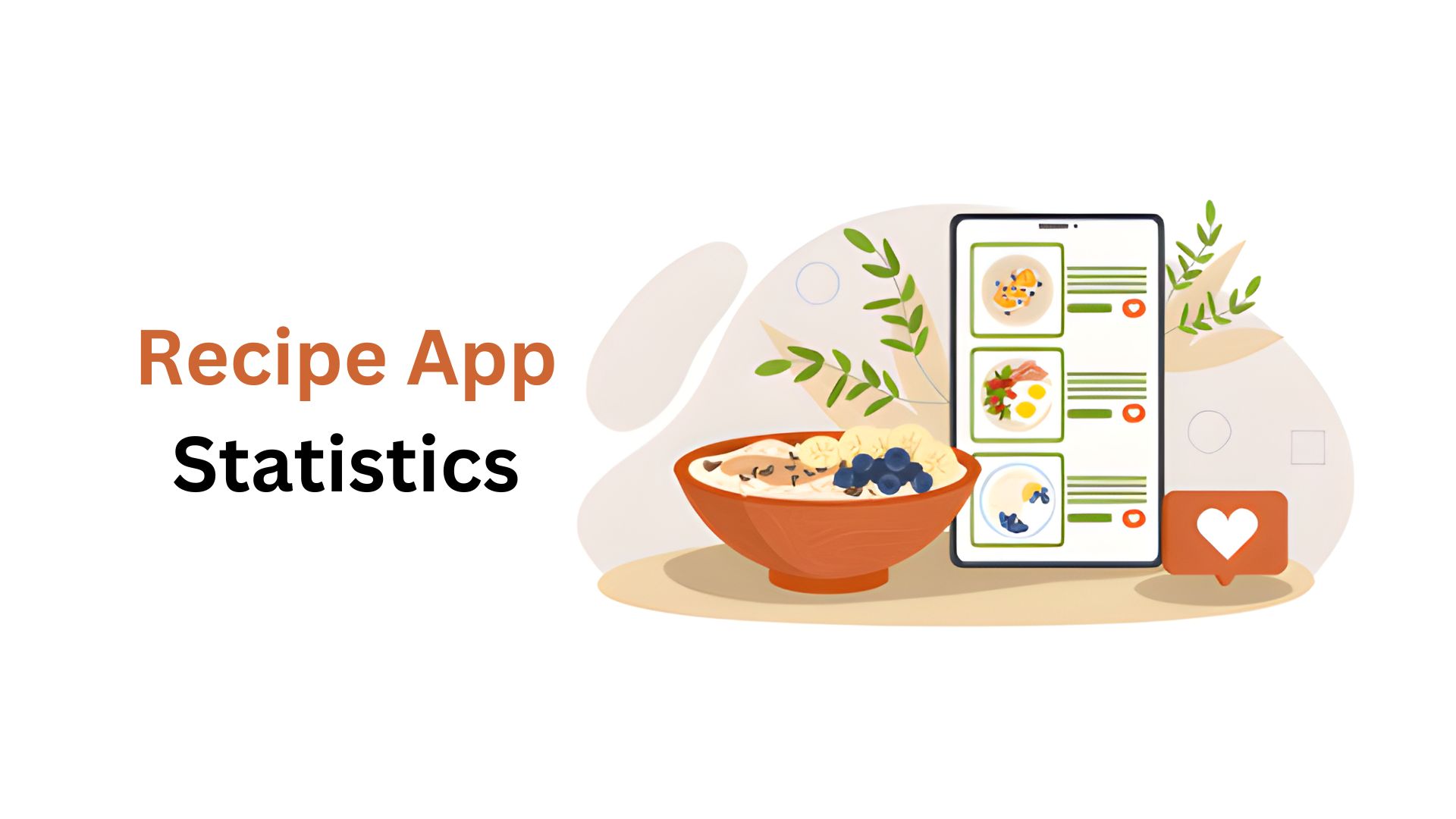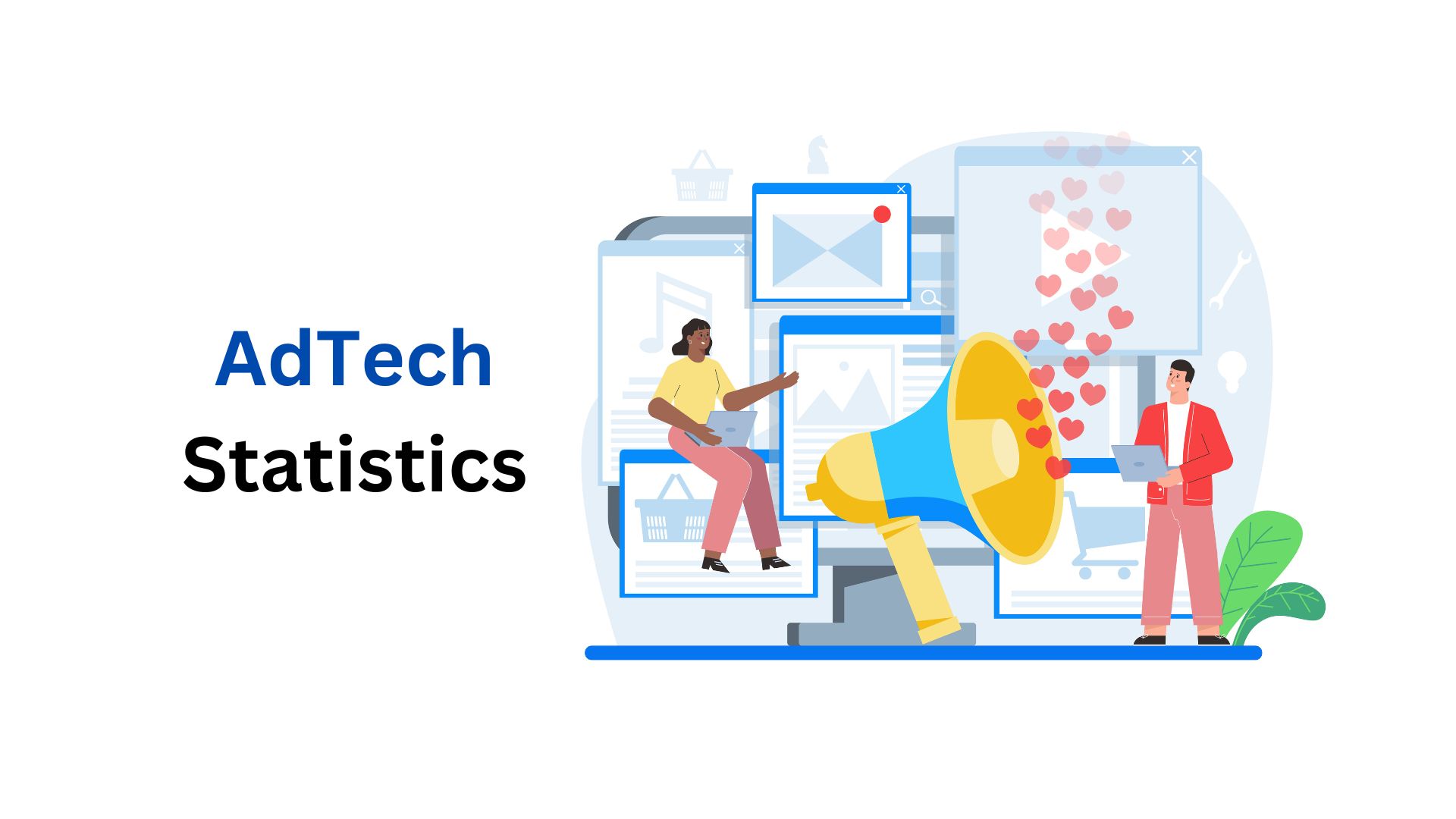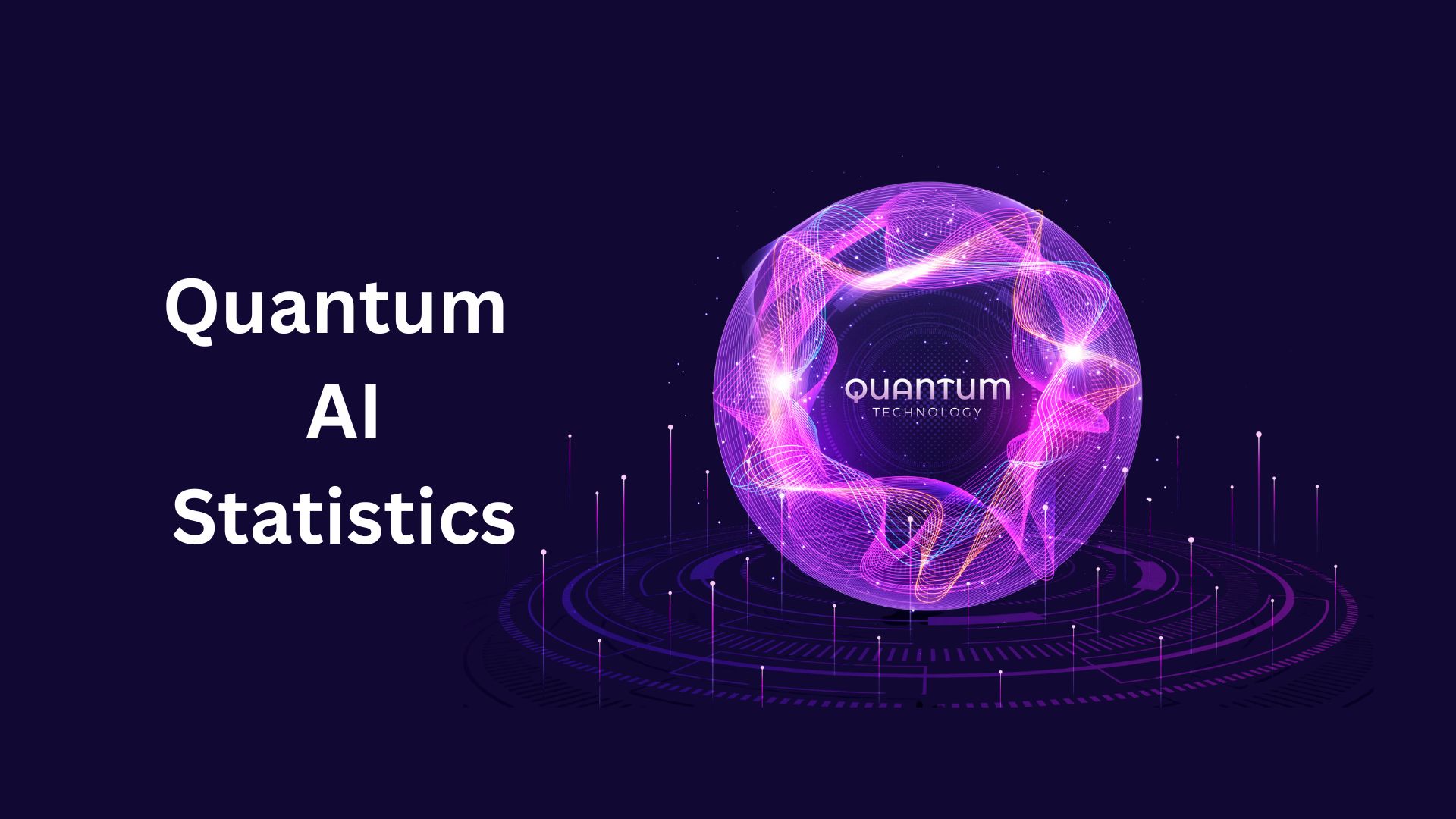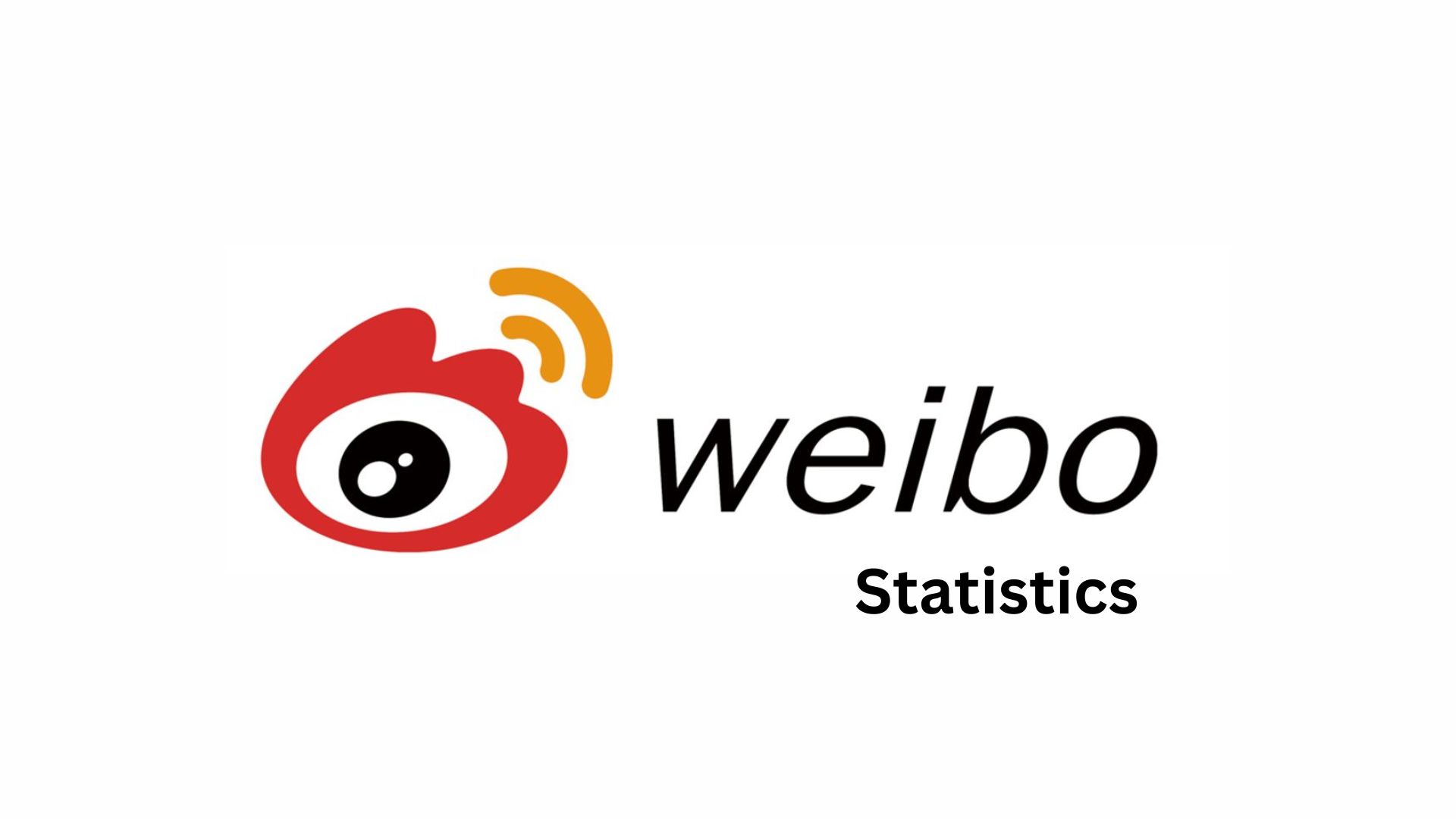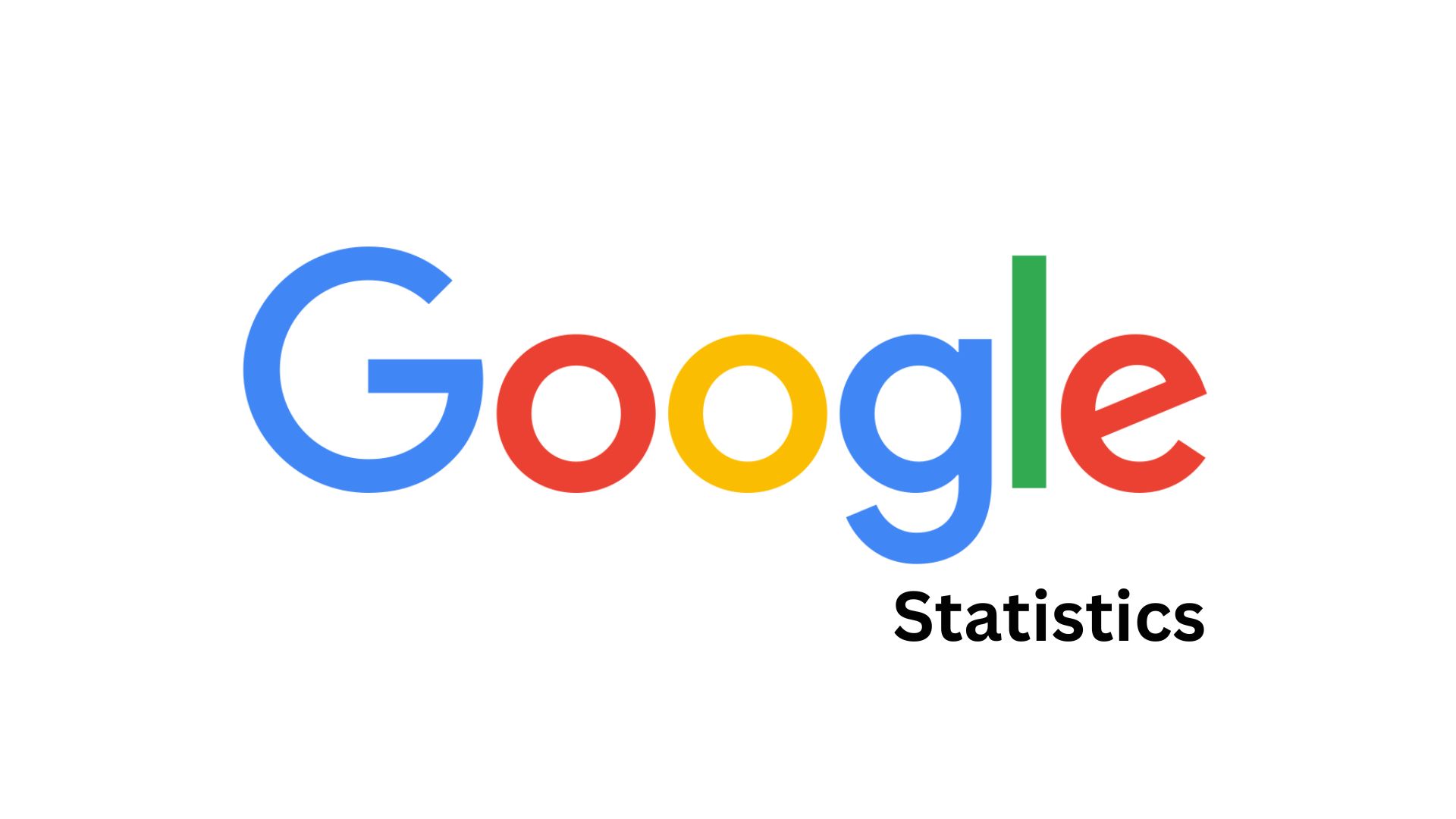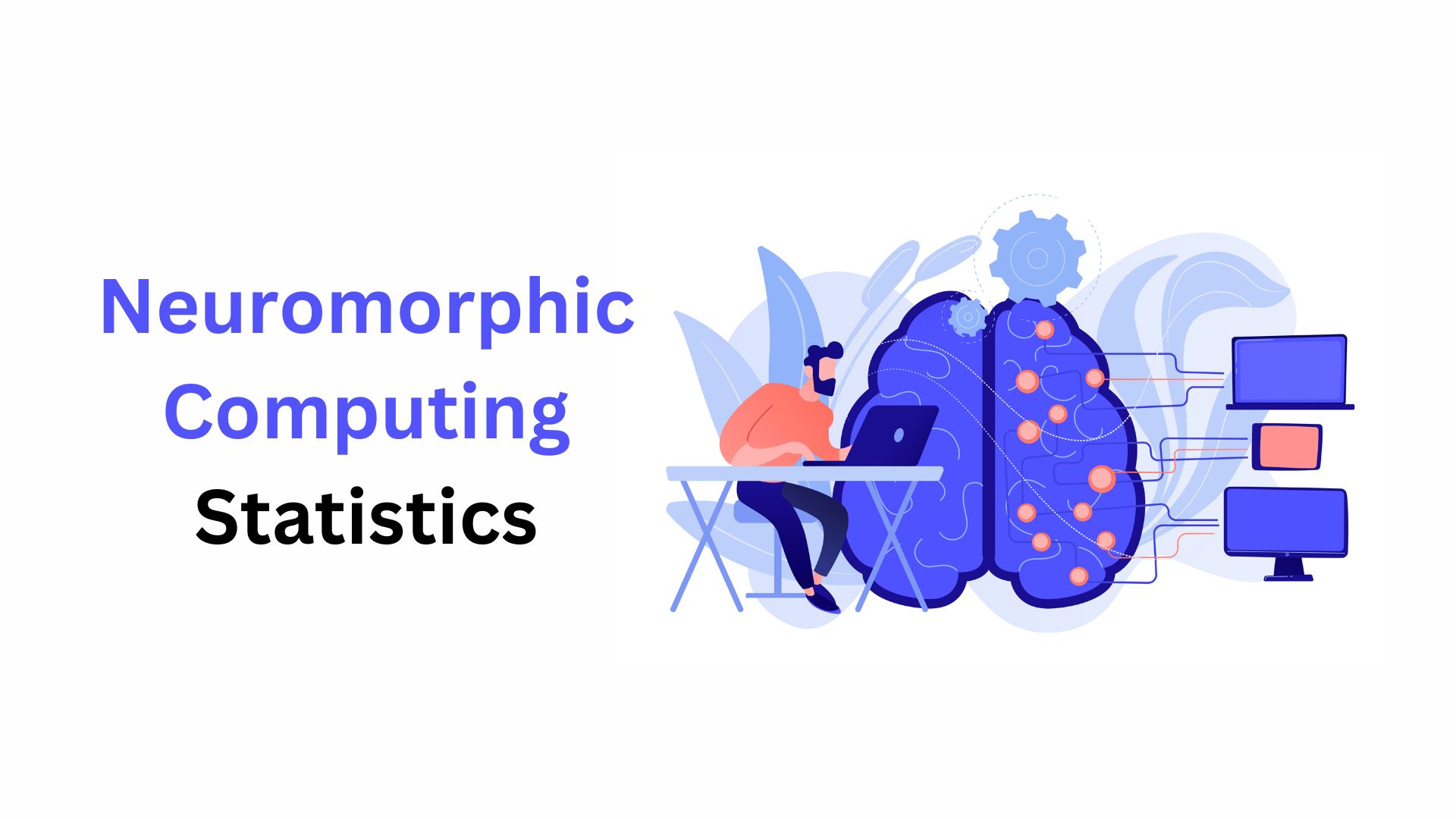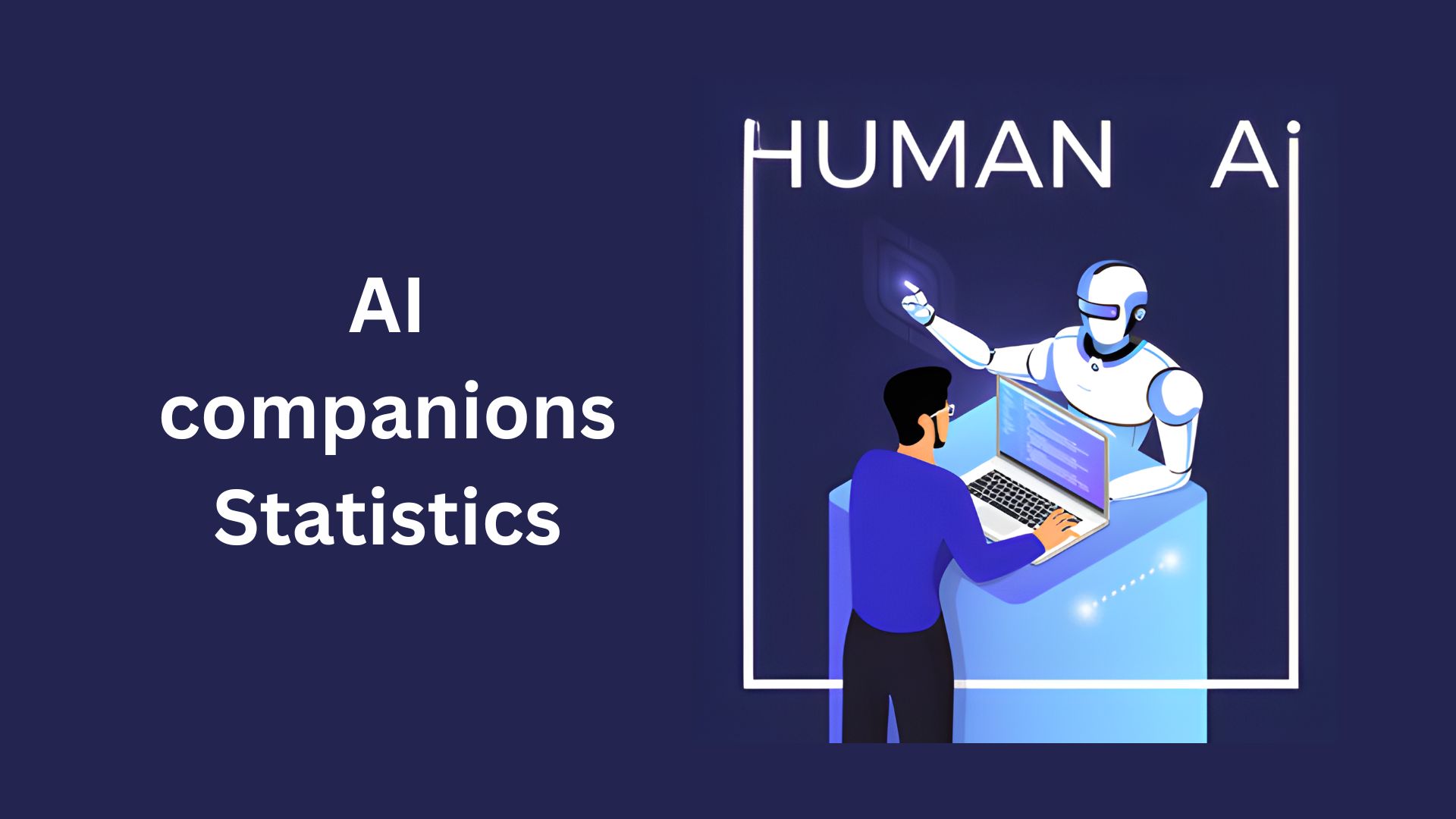Natural Language Processing Statistics By Market, Revenue And Trends (2025)
Updated · Sep 11, 2025
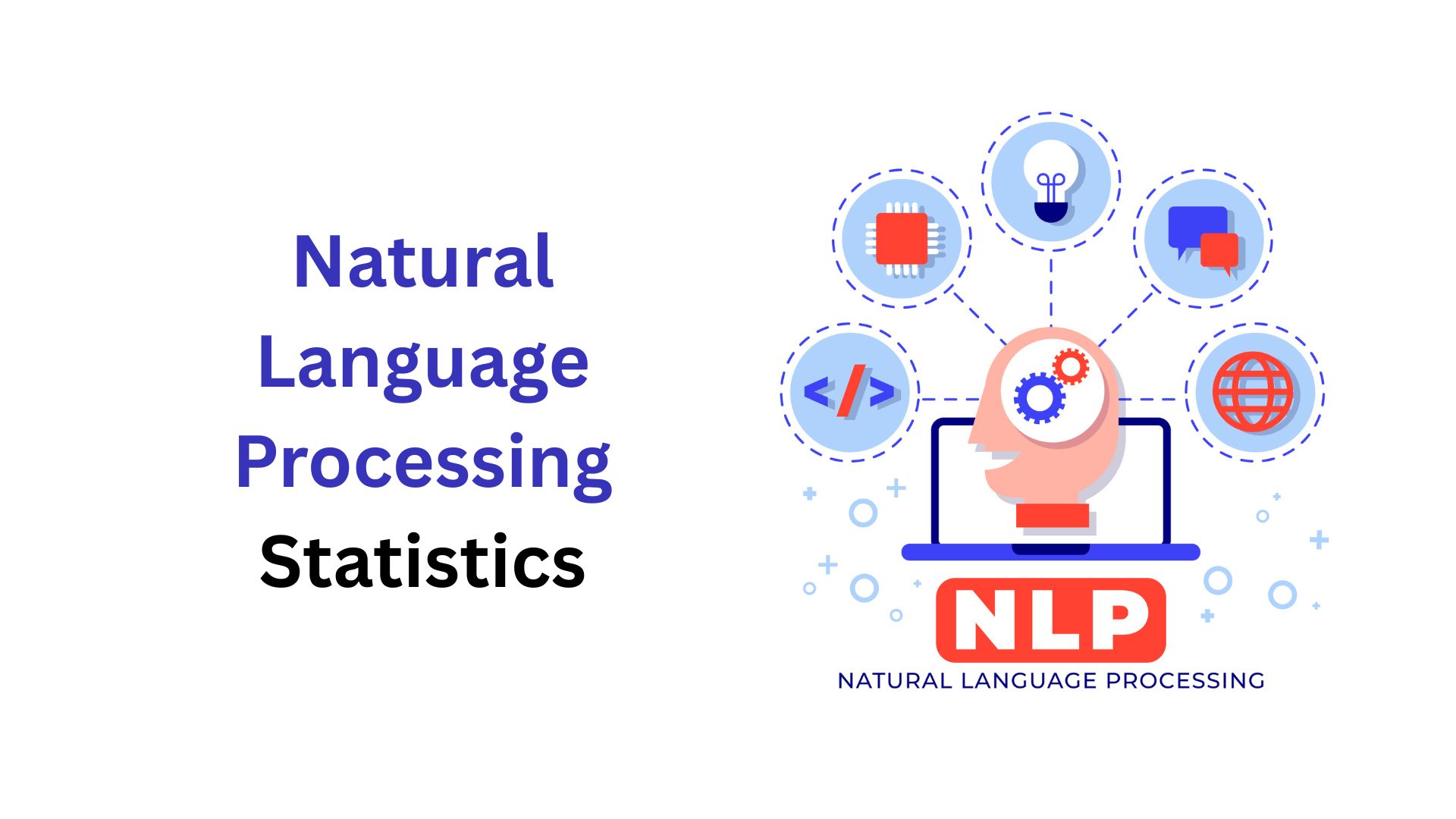
Table of Contents
- Introduction
- Editor’s Choice
- NPL Market Statistics
- Revenue Comparison of NPL Statistics by Country
- By Region
- NLP Revenue Statistics by Industry Analysis
- By Type Analysis
- By Application
- Top 5 Companies Market Analysis in the NLP, 2025
- Contract and Deals Analysis in the NLP Market
- Key NLP Technologies Statistics
- Natural Language Processing Statistics by Business Operations and Customer Engagement
- Practical Application of Natural Language Processing
- Benefits of Natural Language Processing
- Conclusion
Introduction
Natural Language Processing Statistics: Natural Language Processing (NLP) is an effective segment of Artificial Intelligence that is mainly used for enabling computers to work with human language, whether spoken or written. In recent years, has been built into many common tools people use daily, such as voice assistants, chatbots, translation apps, and programs that can recognize emotions in text.
As online communication grows and new AI methods like deep learning improve, NLP is being used more widely across fields such as healthcare, banking, retail, and customer support. Businesses rely on it to study information, make services easier to use, and cut down on manual work. With the need for smarter and more natural systems increasing, NLP is becoming an important technology shaping how people interact with machines.
Editor’s Choice
- A Statista report analysis states that the Natural Language Processing market is estimated to grow to USD 53.42 billion by the end of 2025.
- From 2025 to 2031, it is predicted to grow at an annual rate of 24.76%, reaching about USD 201.49 billion by 2031.
- The United States will hold the largest share, with the market estimated at USD 15.21 billion in 2025.
- The Natural Language Processing (NLP) market shows strong adoption across regions, with North America leading at 30% of the global share in 2024, as mentioned in Precedence Research.
- scoop.market.us shows that in the same period, the largest share of the NLP market was accounted for by business and legal services, which made up a share of 26.5%.
- NLP applications depict diverse adoption, in which Automatic Summarization held the largest share at 18%.
- As of 2024 and early 2025, OpenAI secured the largest NLP contracts valued at about USD 90 to 100 million,
- Us reports that about 78% of companies using AI-powered applicant tracking systems find it simpler to identify top talent.
- A report published by futuremarketinsights.com shows that in 2025, Microsoft Corporation holds the top position in enterprise adoption with a 15 to 20% market share.
NPL Market Statistics
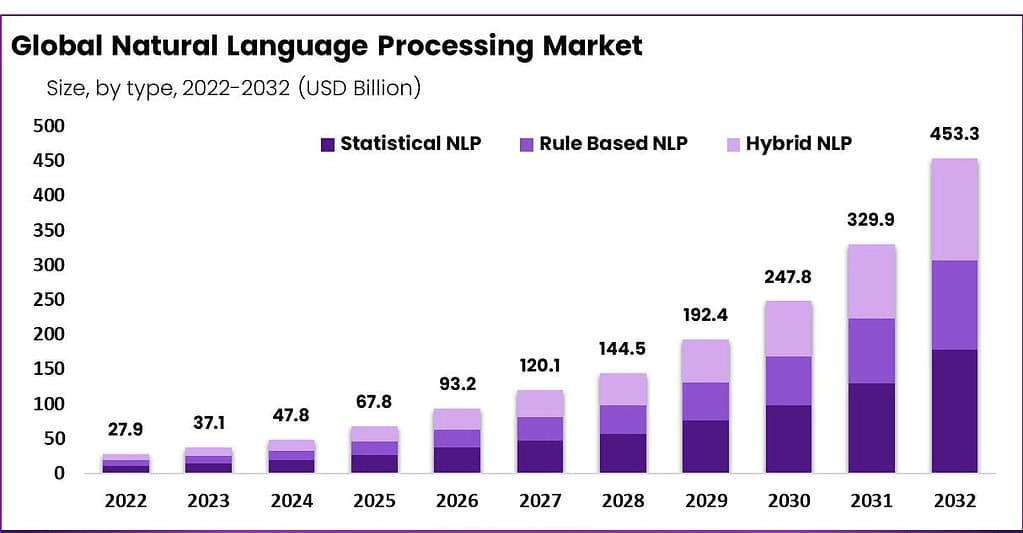
- The Global market size of NPL is expected to be worth around USD 67.8 billion by 2025, from USD 47.8 billion in 2024.
- The market will reach a CAGR of 33.1% from 2024 to 2033.
- In the coming years, the market size is expected to reach around USD 93.2 billion (2026), USD 120.1 billion (2027), USD 144.5 billion (2028), USD 192.4 billion (2029), USD 247.8 billion (2030), USD 329.9 billion (2031), and USD 453.3 billion (2032).
Revenue Comparison of NPL Statistics by Country
- In the United States, the Natural Language Processing (NLP) market is estimated to be worth USD 15.21 billion in 2025, as mentioned in a report published by Statista.
- Over the period from 2025 to 2031, it is expected to grow at an average yearly rate of 25.08%, reaching about USD 58.25 billion by 2031.
Furthermore, other countries’ NPL market size is detailed below:
| Country | Market Size (USD billion) | CAGR (2025 to 2031) | |
| 2025 | 2031 | ||
|
China |
10.63 | 40.41 | 24.93% |
| Japan | 2.27 | 8.45 |
24.53% |
|
Germany |
2.20 | 8.20 | 24.55% |
| India | 1.84 | 6.88 |
24.63% |
By Region
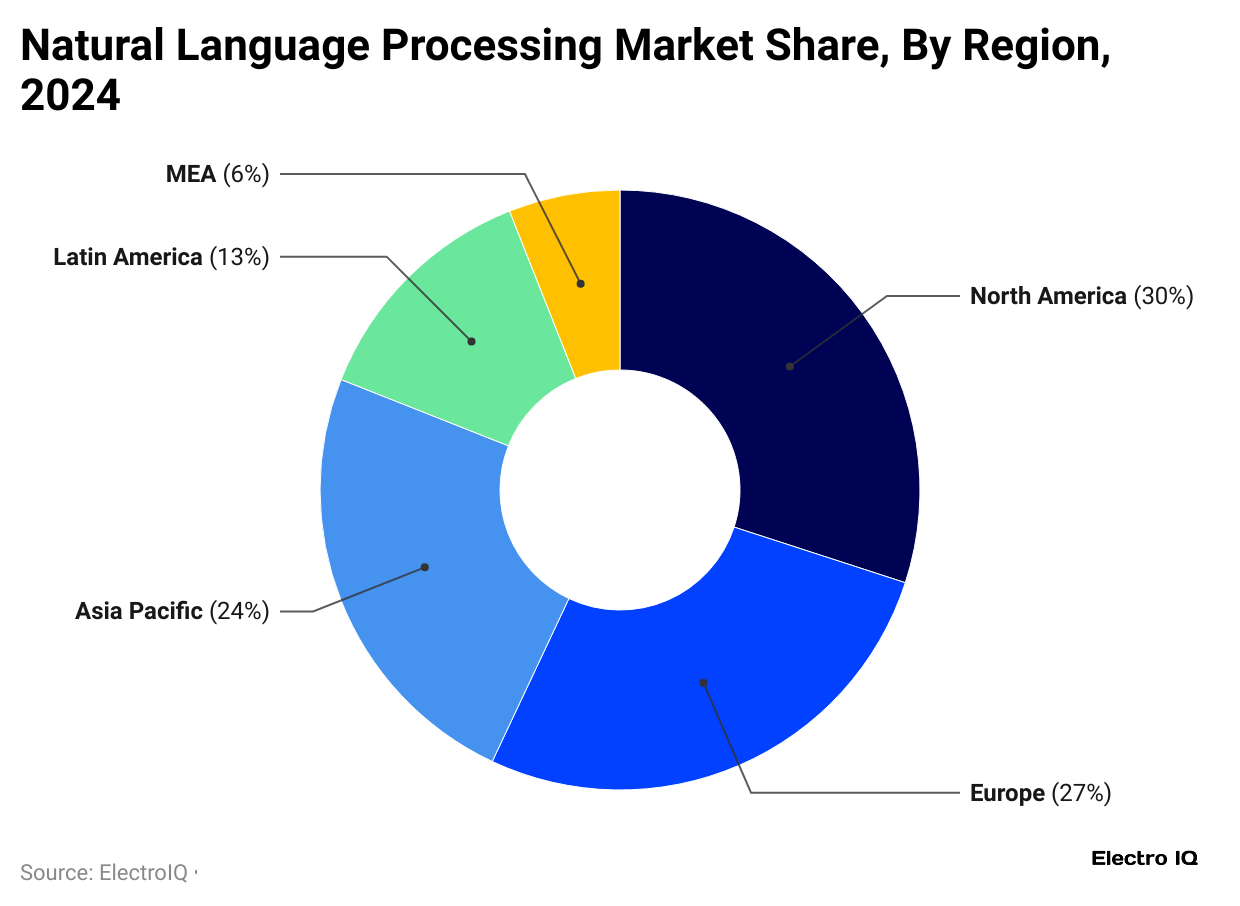
- The Natural Language Processing (NLP) market shows strong adoption across regions, with North America leading at 30% of the global share in 2024.
- In the same period, Europe follows closely at 27%, while Asia Pacific holds 24%.
- Latin America contributes 13%, and the Middle East & Africa account for 6%.
| Region | Revenue (USD) | CAGR (2025 to 2031) | |
| 2025 | 2031 | ||
| Africa | 960.78 million | 3.58 billion | 24.54%, |
| Americas | 19.02 billion | 72.43 billion | 24.97% |
| Asia | 19.58 billion | 73.82 billion | 24.75%, |
| Australia & Oceania | 1.03 billion | 3.85 billion | 24.51% |
| Caribbean | 60.62 million | 226 million | 24.52% |
| Central & Western Europe | 7.74 billion | 28.87 billion | 24.52% |
| Eastern Africa | 60.95 million | 227.53 million | 24.55% |
| Eastern Asia | 14.18 billion | 53.66 billion | 24.83% |
| Eastern Europe | 1.44 billion | 5.37 billion | 24.52% |
| Europe | 12.83 billion | 47.80 billion | 24.52% |
| North America | 17.13 billion | 65.39 billion | 25.01% |
| Northern Africa | 427.69 million | 1.60 billion | 24.54% |
| Northern Europe | 1.05 billion | 3.92 billion | 24.49% |
| South America | 1.83 billion | 6.81 billion | 24.52% |
| Southeast Asia | 1.86 billion | 6.94 billion | 24.53% |
| Southern Africa | 216.71 million | 808.67 million | 24.54% |
| Southern Asia | 2.28 billion | 8.55 billion | 24.61% |
| Southern Europe | 2.59 billion | 9.65 billion | 24.51% |
| Western Africa | 255.43 million | 953.29 million | 24.54% |
| Western Asia | 1.25 billion | 4.66 billion | 24.48% |
NLP Revenue Statistics by Industry Analysis
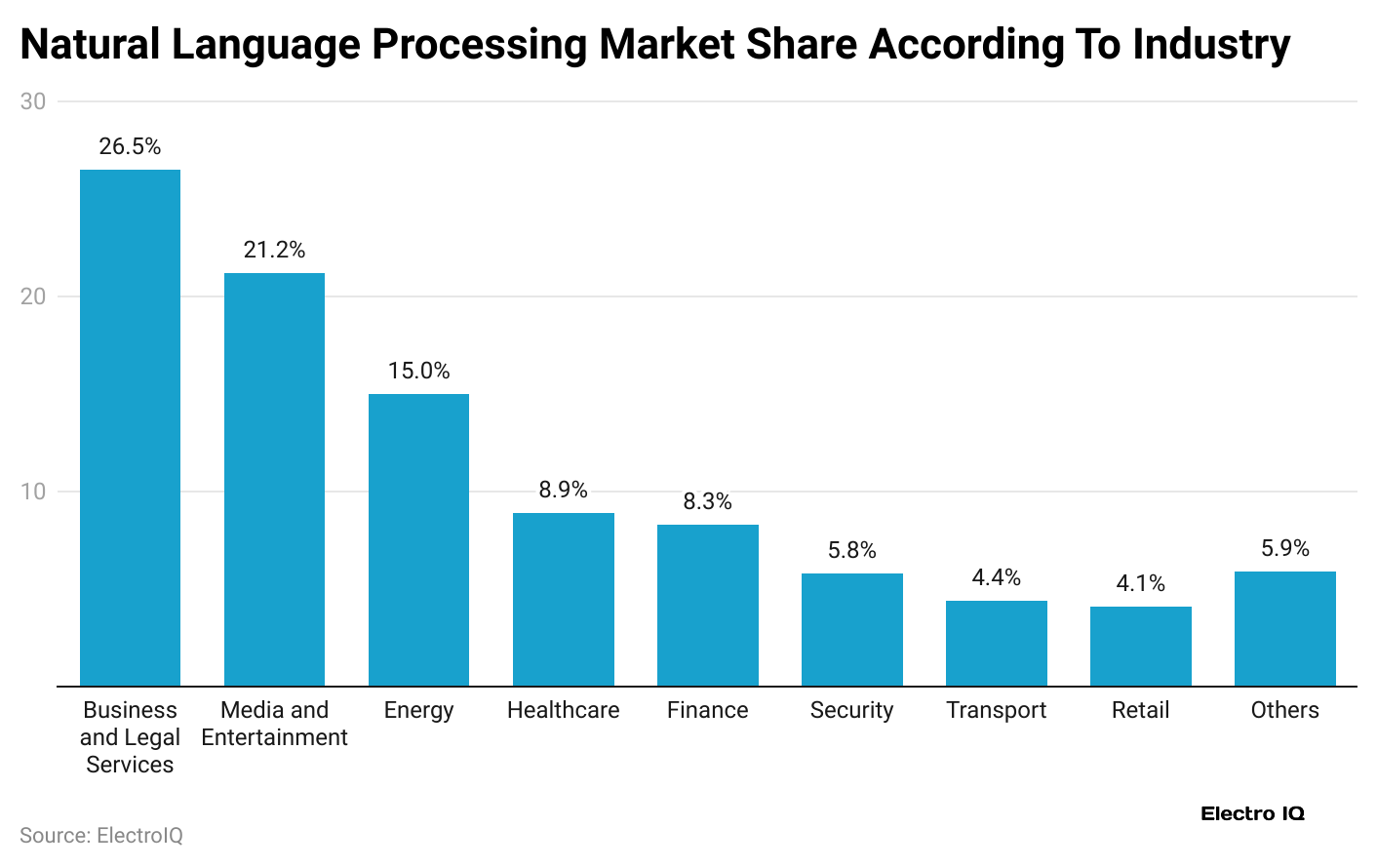
- The largest share of the NLP market was accounted for by business and legal services, which made up a share of 26.5% in 2024.
- Meanwhile, the media and entertainment sector comes next with 21.2%.
- The energy industry adds another 15%, while healthcare and finance also play important roles, accounting for 8.9% and 8.3%, respectively.
- Smaller shares are seen in security (5.8%), transportation (4.4%), and retail (4.1%).
- All other sectors together represent about 5.86% of the market.
By Type Analysis
- According to the scoop.market.us report analysis, in 2025, the Natural Language Processing market is projected to generate USD 26.7 billion from statistical NLP, USD 19.3 billion from rule-based NLP, and USD 21.9 billion from hybrid NLP.
In contrast, the expected NLP types revenue structures are stated below:
| Year | Statistical NLP | Rule-Based NLP | Hybrid NLP |
| Revenue (USD Billion) | |||
| 2026 | 36.6 | 26.5 | 30.1 |
| 2027 | 47.2 | 34.1 | 38.8 |
| 2028 | 56.8 | 41.1 | 46.7 |
| 2029 | 75.6 | 54.6 | 62.1 |
| 2030 | 97.4 | 70.4 | 80 |
| 2031 | 129.6 | 93.7 | 106.5 |
| 2032 | 178.2 | 128.7 | 146.4 |
By Application
- In 2024, NLP applications depict diverse adoption, in which Automatic Summarization held the largest share at 18%.
- Meanwhile, Content Management and Sentiment Analysis each captured 17%.
- Language Scoring followed with 15%, and Data Extraction reached 10%.
- The remaining 23% came from other uses, showing NLP’s broad role across industries.
Top 5 Companies Market Analysis in the NLP, 2025
- A report published by futuremarketinsights.com shows that in 2025, Microsoft Corporation holds the top position in enterprise adoption with a 15 to 20% market share.
- Its partnership with OpenAI strengthens Azure AI, supported by a USD 80 billion investment.
Other companies’ analyses are elaborated below:
| Company Name | Position | Market Share | Features |
| OpenAI | Consumer AI dominance #2 | 6-10% | ChatGPT drives 80% of AI traffic, valued at USD 300 billion. |
| Google (Alphabet) | Research leadership #3 | 20-25% | Gemini models, Vertex AI platform, backed by a USD 75 billion investment. |
| Amazon Web Services | Infrastructure leader #4 | 10-14% | Holding a 19% share in foundation models with broad NLP services. |
| IBM Corporation | Enterprise specialisation #5 | 12-16% | Watson NLU specialises in healthcare insights and financial industry applications. |
Contract and Deals Analysis in the NLP Market
- As of 2024 and early 2025, OpenAI secured the largest NLP contracts valued at about USD 90 to 100 million, while Google Cloud followed closely with deals worth USD 80 to 90 million.
- Microsoft secured USD 70 to 80 million, while IBM Watson closed USD 60 to 70 million.
- Meanwhile, Nuance Communications contributed USD 50 to 60 million.
Key NLP Technologies Statistics
- com reports that more than half of NLP tools use transformers, and nearly 80% of companies now apply RAG.
- A futuremarketinsights.com report states that by 2025, text analytics is expected to make up 31.8% of NLP technologies.
- Meanwhile, auto-coding tools such as AI-based categorisation and annotation may reach 24.1%.
- Statistical methods powered by machine learning could cover 40.3% of applications.
- In contrast, rule-based NLP systems are still projected to hold 22.5% of the market.
- According to Statista analysis, the speech-based NLP market is estimated to be worth USD 30.85 billion in 2025, and by 2031, it is expected to reach USD 128.50 billion.
- This growth represents a growth rate of 26.84% CAGR over the period.
Other technology analyses are mentioned in the table below:
| Technology | Market Size (USD billion) | CAGR (2025 to 2031) | |
| 2025 | 2031 | ||
| Text-based NLP | 12.70 | 38.30 | 20.21% |
| Language translation NLP | 9.87 | 34.68 | 23.30% |
Natural Language Processing Statistics by Business Operations and Customer Engagement
- Us reports that about 78% of companies using AI-powered applicant tracking systems find it simpler to identify top talent.
- The global chatbot market, powered by NLP, reached USD 6 billion in sales in 2024 and is growing rapidly at a yearly rate of 23.9%, according to Statista.
- In the automotive industry, using NLP-based tools can cut customer support expenses by as much as 30%.
- Salesforce notes that 69% of skilled service agents actively seek opportunities to apply artificial intelligence in their work.
Practical Application of Natural Language Processing
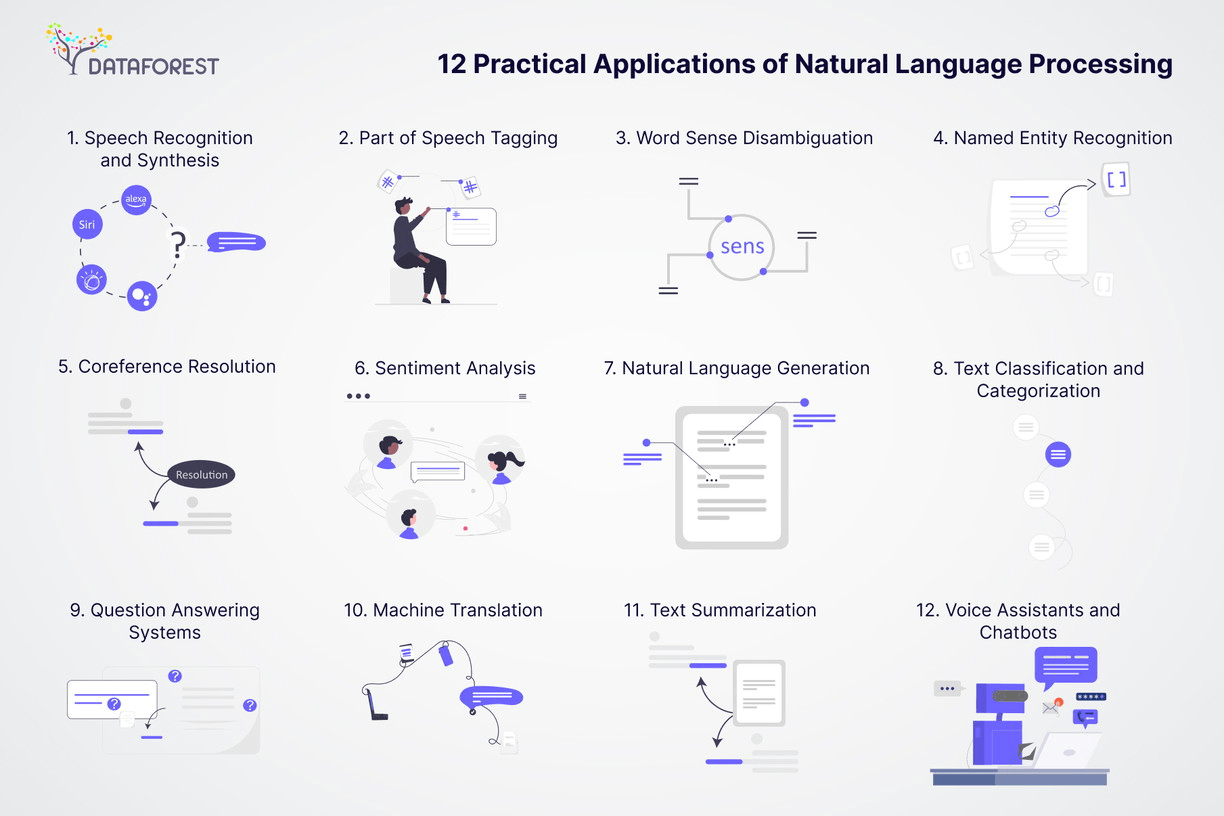
- Speech Recognition and Synthesis: Converts spoken words into a machine’s format, which can process and understand.
- Part of Speech Tagging: Labels words in a sentence as nouns, verbs, adjectives, pronouns, or other categories.
- Word Sense Disambiguation: Determines the right meaning of a word depending on its context.
- Named Entity Recognition (NER): It helps identify important information in text, like names, locations, organisations, etc.
- Coreference Resolution: Allow for identifying and connecting words referring to the same entity.
- Sentiment Analysis: Also helps in identifying emotions, opinions, and attitudes in text format..
- Natural Language Generation: Allow for creating new text based on training data and patterns.
- Text Classification and Categorisation: Based on content, it further helps in rearranging texts into specific groups.
- Question Answering Systems: Promote effective solutions in natural language for different queries.
- Machine Translation: Translates text within different languages.
- Text Summarisation: Reduces long text formats into clear summaries.
- Voice Assistants and Chatbots: Provide interactive sessions and human-like communication with devices.
Benefits of Natural Language Processing
- IBM reports that NLP-powered chatbots can boost customer satisfaction to 90%.
- NLP helps detect customer complaints and pain points, enabling timely solutions.
- It processes large unstructured data, like reviews, emails, and social posts, to provide useful insights.
- Chatbot Magazine notes businesses can cut customer service costs by 30% using NLP chatbots.
- To use NLP effectively, businesses need to integrate it thoughtfully, not just add tools randomly.
- It also helps track and spot risks instantly, enabling companies to avoid serious problems before they happen.
Conclusion
After completing the article on Natural Language Processing Statistics, it can easily be summarised that the platform is changing the way businesses, researchers, and people work with text and speech. Tools like chatbots, virtual assistants, and automated content analysis help improve efficiency, support better decisions, and boost customer interactions.
As NLP models become more advanced and easier to use, they are being applied in many industries, creating innovation and new opportunities. Current trends show both how widely NLP is being used and its potential to reshape communication and data-driven processes.
Sources
FAQ.
The five phases of NLP are lexical analysis, syntactic analysis, semantic analysis, discourse analysis, and pragmatic analysis.
Tokenisation, stemming, lemmatisation, parsing, and sentiment analysis are the popularly used techniques of NLP.
Challenges include understanding context, ambiguity, slang, multiple languages, and maintaining accuracy with large datasets.

Maitrayee Dey has a background in Electrical Engineering and has worked in various technical roles before transitioning to writing. Specializing in technology and Artificial Intelligence, she has served as an Academic Research Analyst and Freelance Writer, particularly focusing on education and healthcare in Australia. Maitrayee's lifelong passions for writing and painting led her to pursue a full-time writing career. She is also the creator of a cooking YouTube channel, where she shares her culinary adventures. At Smartphone Thoughts, Maitrayee brings her expertise in technology to provide in-depth smartphone reviews and app-related statistics, making complex topics easy to understand for all readers.



